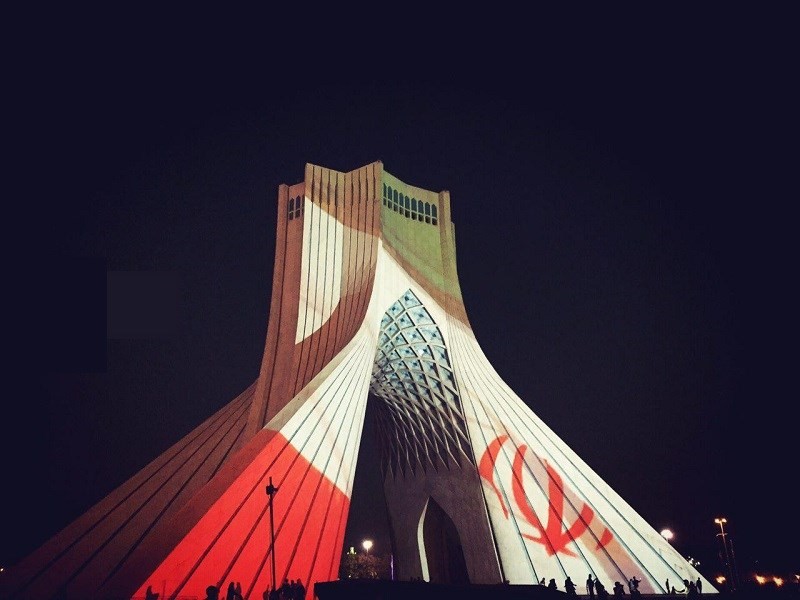Hour 16:51
17 Jul 25
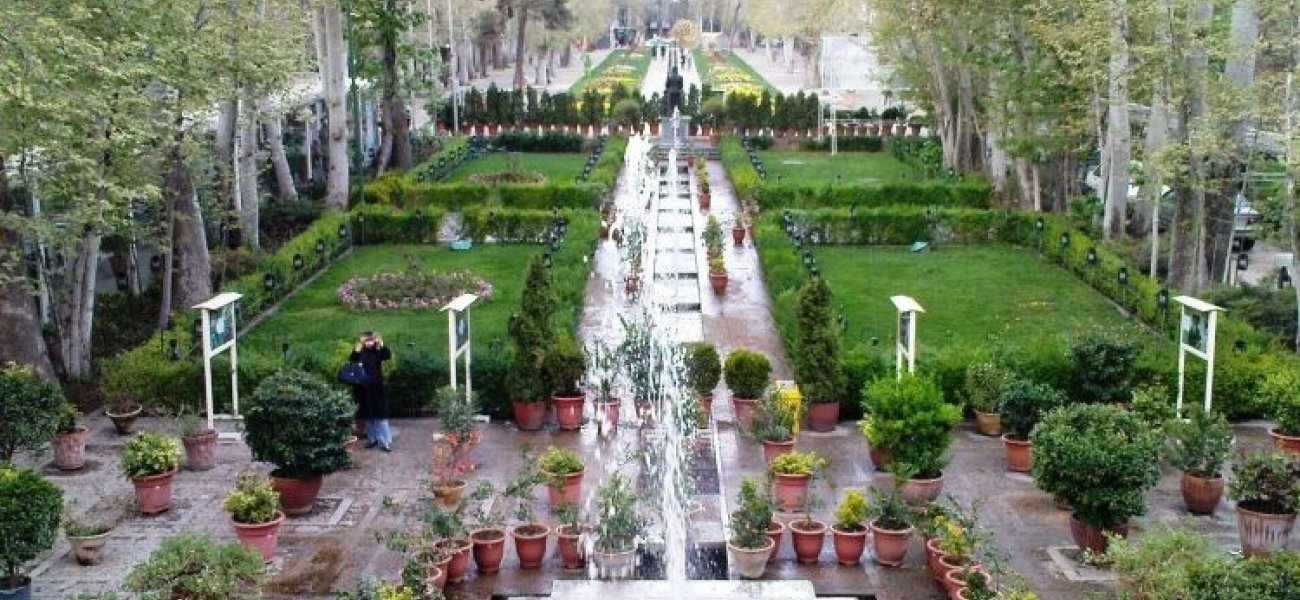
There are still traces left from that pleasant old Tehran amidst the alleyways of the modern city—traces that, from time to time, draw the eyes toward themselves, just like the floral motifs in Persian carpets that captivate the gaze against the backdrop of the rug’s background colors, without distorting the overall image.
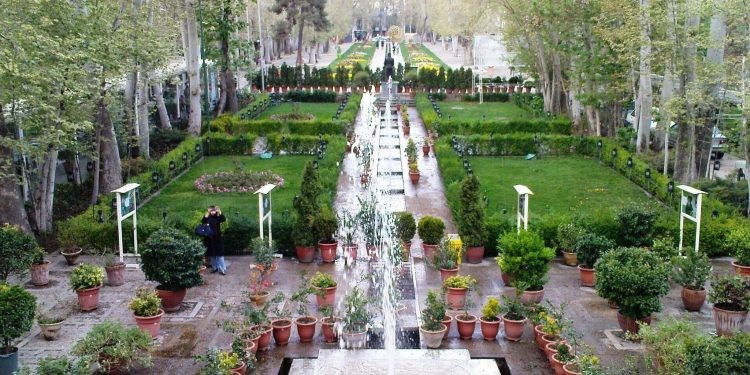
A modern-day Tehrani, who rises in the morning to head to work and find their way through urban traffic—a dilemma shared by most major cities in the world—sometimes finds their gaze falling upon these remnants of old Tehran, and, involuntarily, they drift deep into memories. The further we go, the more vivid and colourful these memories seem to become in our minds.
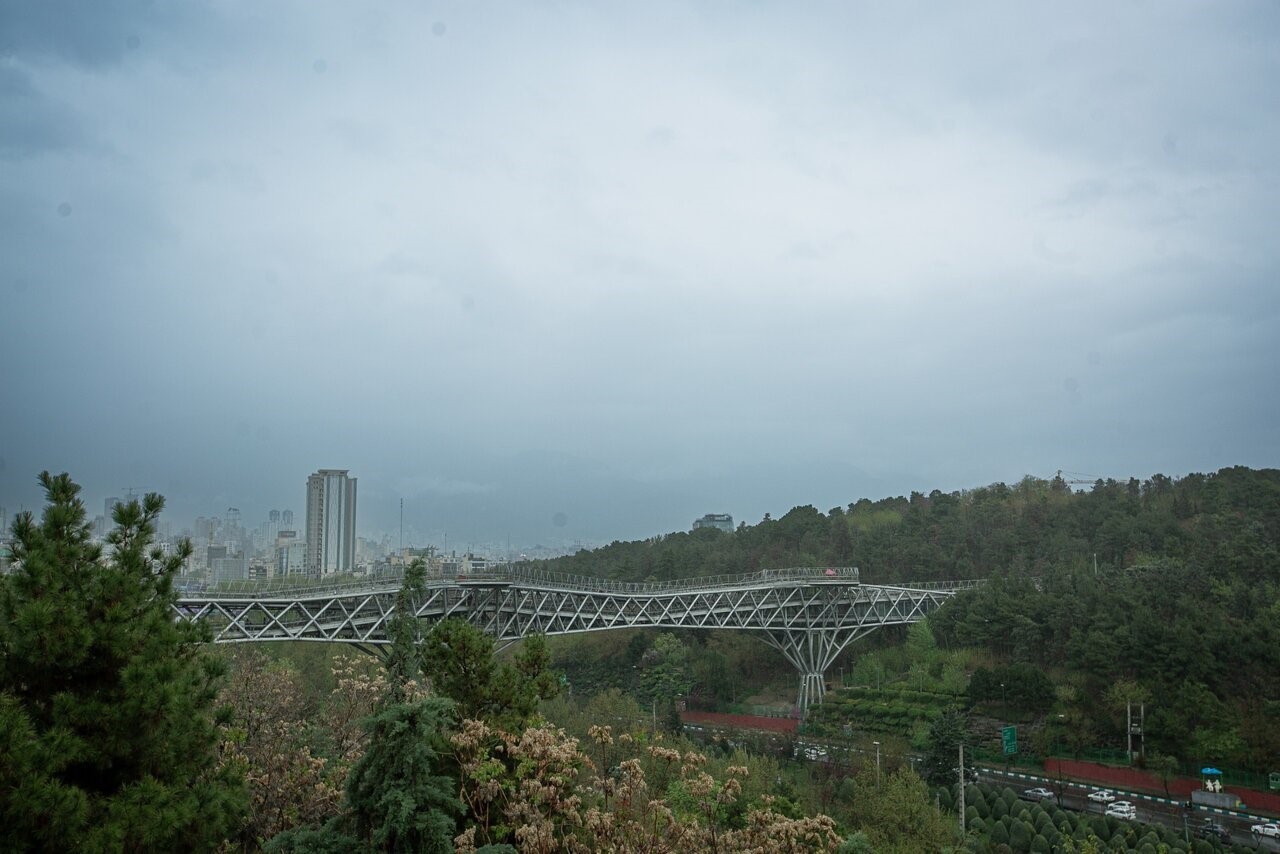
Despite the significant transformations Tehran has undergone—including street expansions, constructions, and horizontal (urban sprawl) and vertical (high-rise developments) growth—and although most of the old surrounding villages have been overshadowed or faded, Tehran has managed to preserve its ancient spirit and identity to this day. Even now, as you walk through the streets and alleys of Tehran, the scent of freshly baked bread from the bakeries and the occasional greetings of passersby, who offer you a smile, momentarily draw you out of life’s daily hustle.
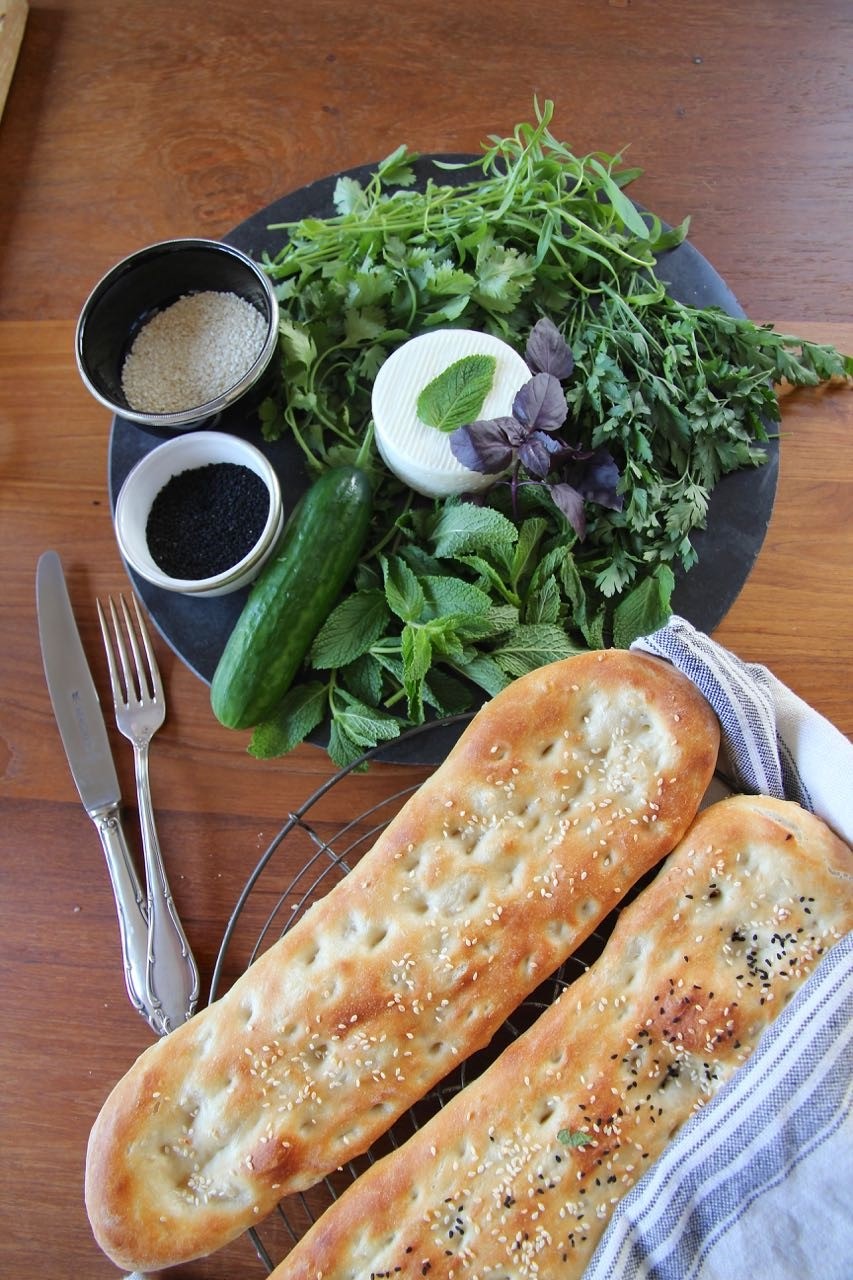
Tehran is a beautiful city—so beautiful that it resembles something out of a fairy tale. Behind the smoke and honking of cars are warmhearted and kind people. Regardless of their financial status, if they find out you're a tourist from another country, they’ll go out of their way to make you feel welcome. That’s why many tourists who visit Tehran often say: “The people of Tehran treated us as if we were part of their family.”
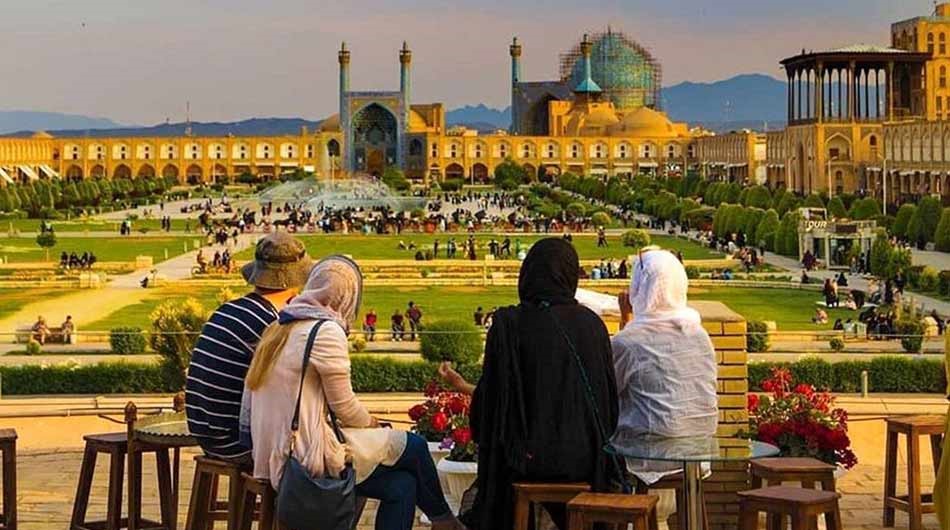
Sometimes, side by side with its modern shopping centers, you’ll find a traditional bazaar still operating just as it did centuries ago, vibrant with people purchasing their necessities from both types of markets. The shrines of its Imamzadehs (saints) are never without visitors.
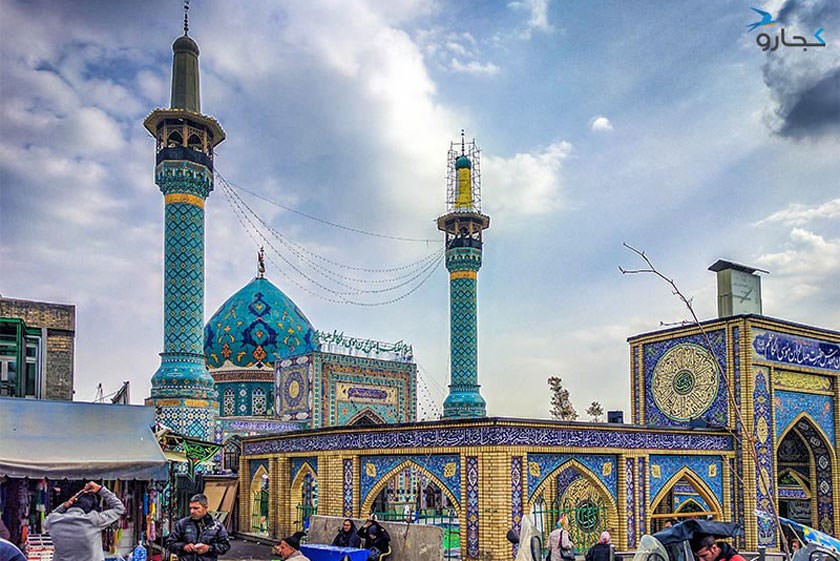
The people honor religious ceremonies with their hearts and souls, sometimes in their own local styles, and they donate to charity according to their means and ability. To this day, when the weather gets warm, they head to the northern parts of the city, to the Imamzadeh shrines, parks, and the tree-lined streets of Shemiran. And still, they take their sorrows and loneliness to Imamzadeh Shah Abdol Azim in the city of Rey.
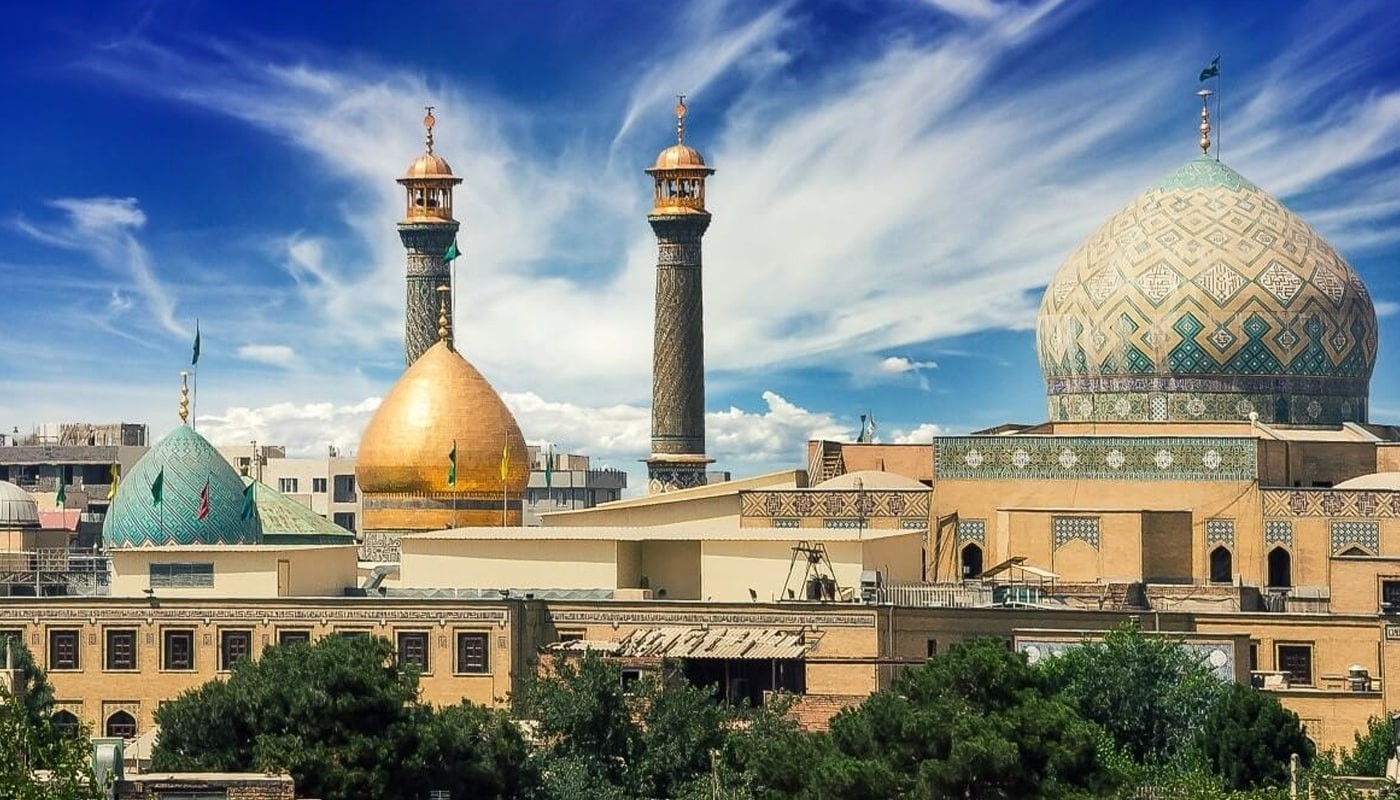
The water in Tehran’s qanats still flows clear and pure underground, quenching the thirst of gardens and courtyards.
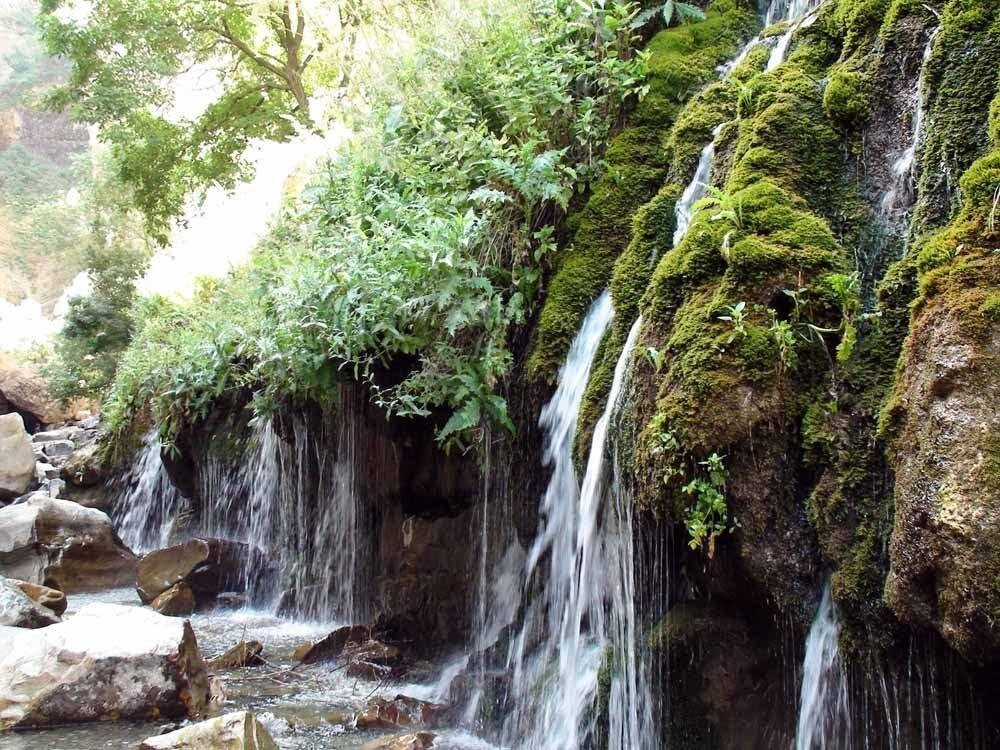
Its Grand Bazaar is one of the most crowded and vibrant markets in the world, attracting buyers from all over Iran for wholesale and retail purchases, where they find goods at fair prices.
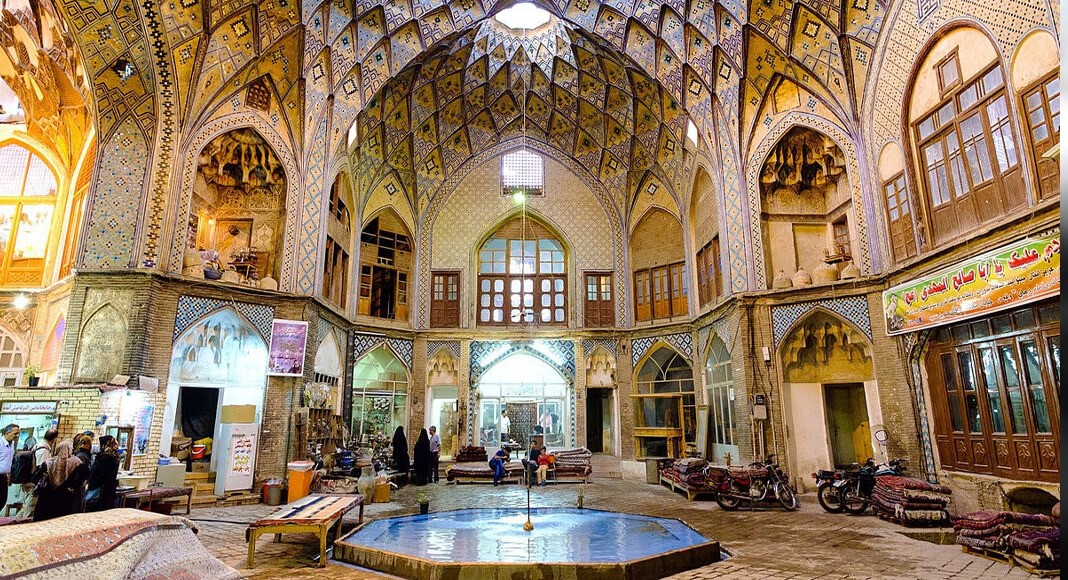
The food of the Tehranis is always delicious, and their drinks refreshing. The city’s famed ice creams and Ash (a kind of Persian soup), seasoned with decades of experience, still taste and smell just as they did all those years ago.
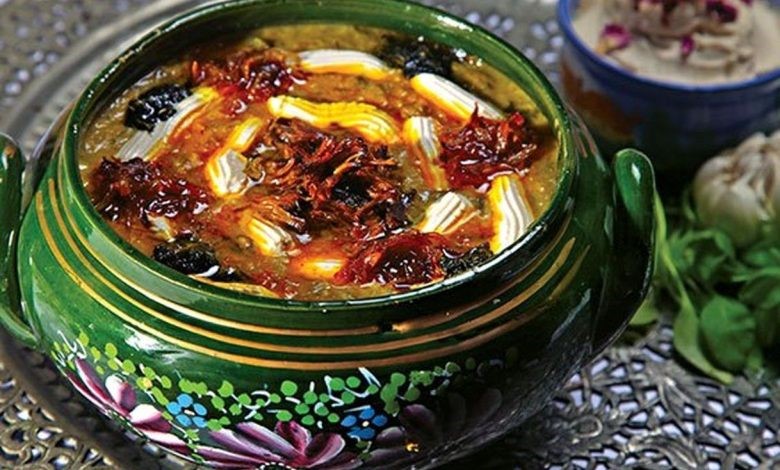
In the hustle and bustle of the modern world, Tehran remains an ancient heirloom of human culture and civilization—a vibrant, dynamic, and ever-evolving heritage of humanity. Tehran has many sweet stories to tell; you only need to sit and listen to the tales of this “elderly soul full of youthful spirit.”
